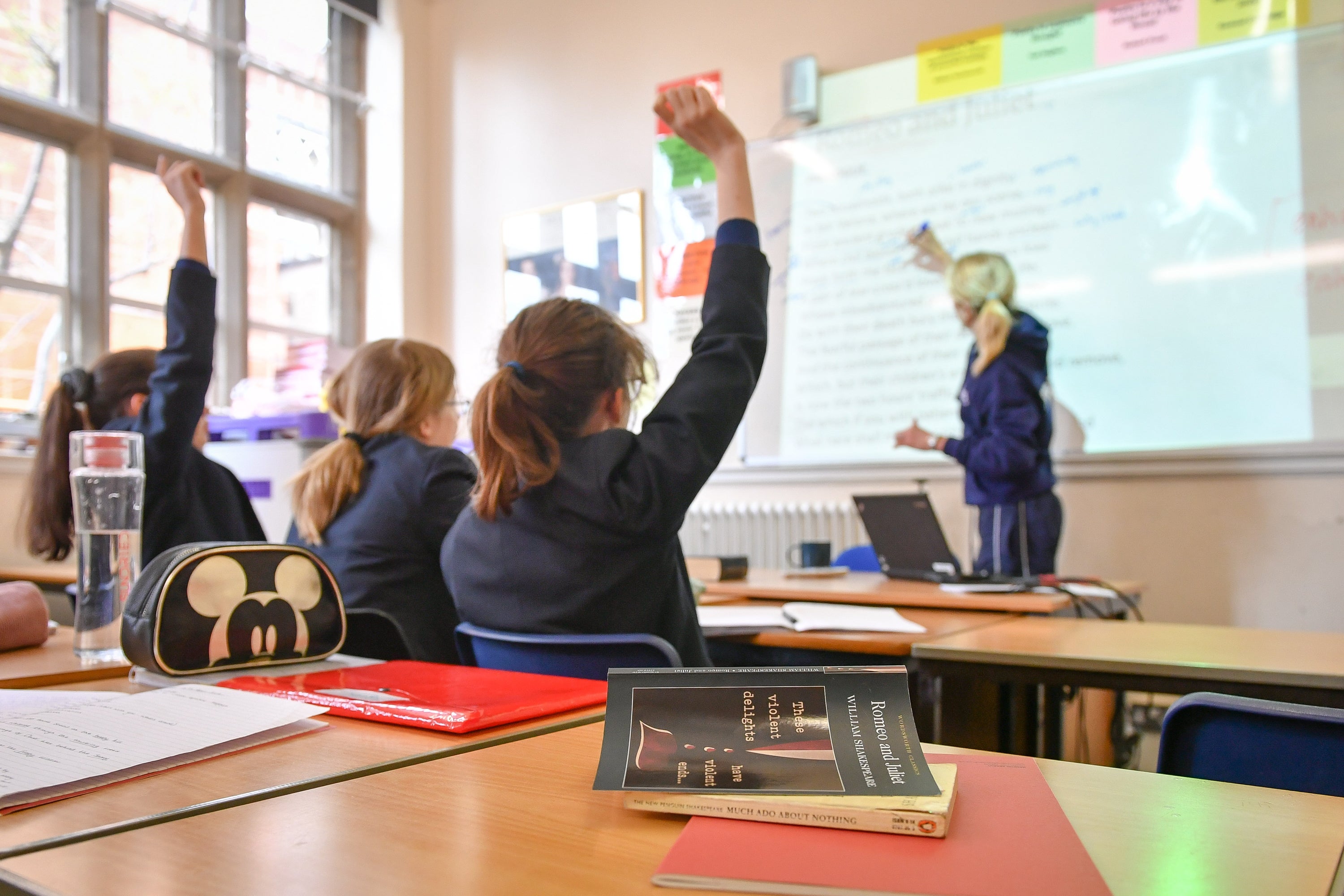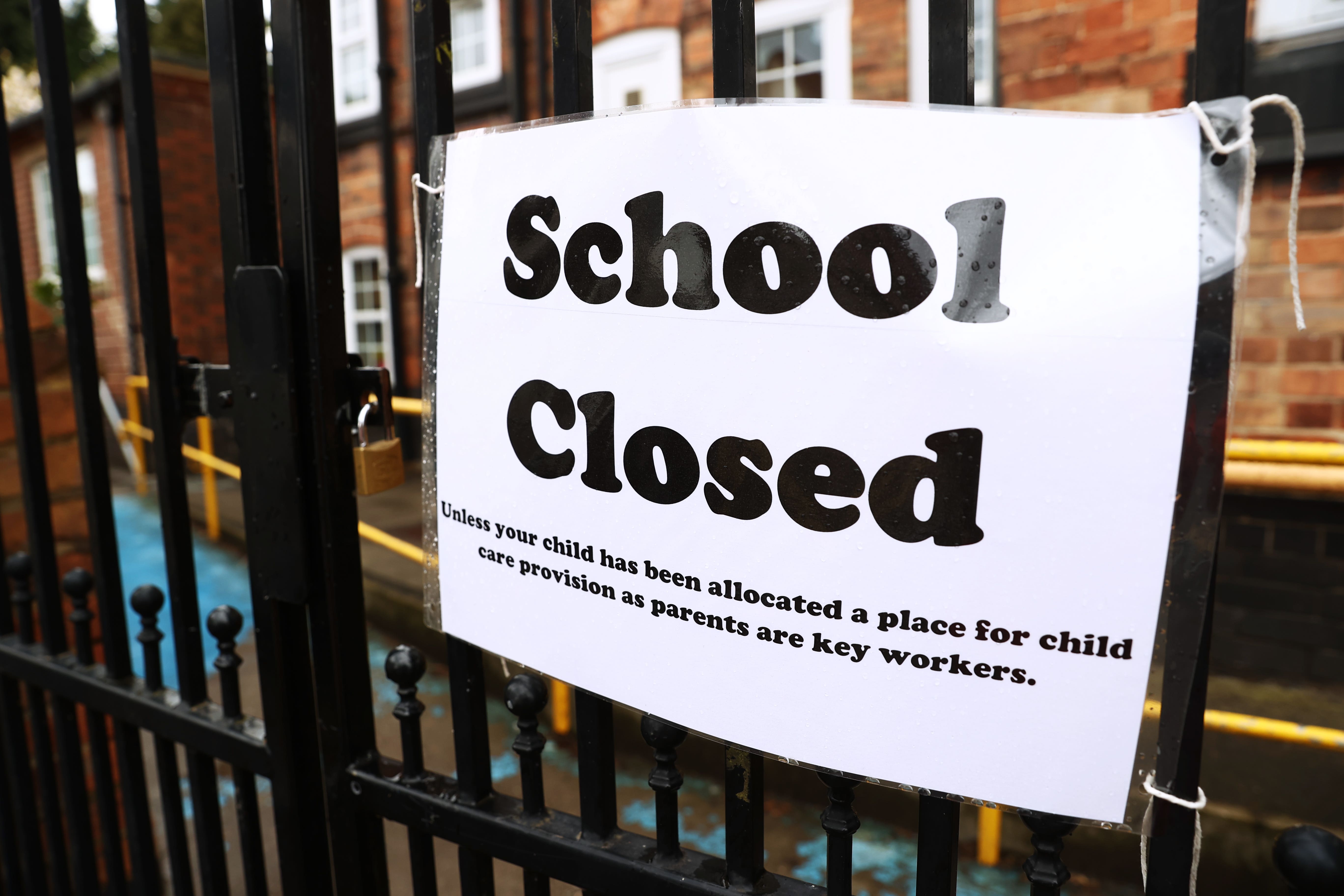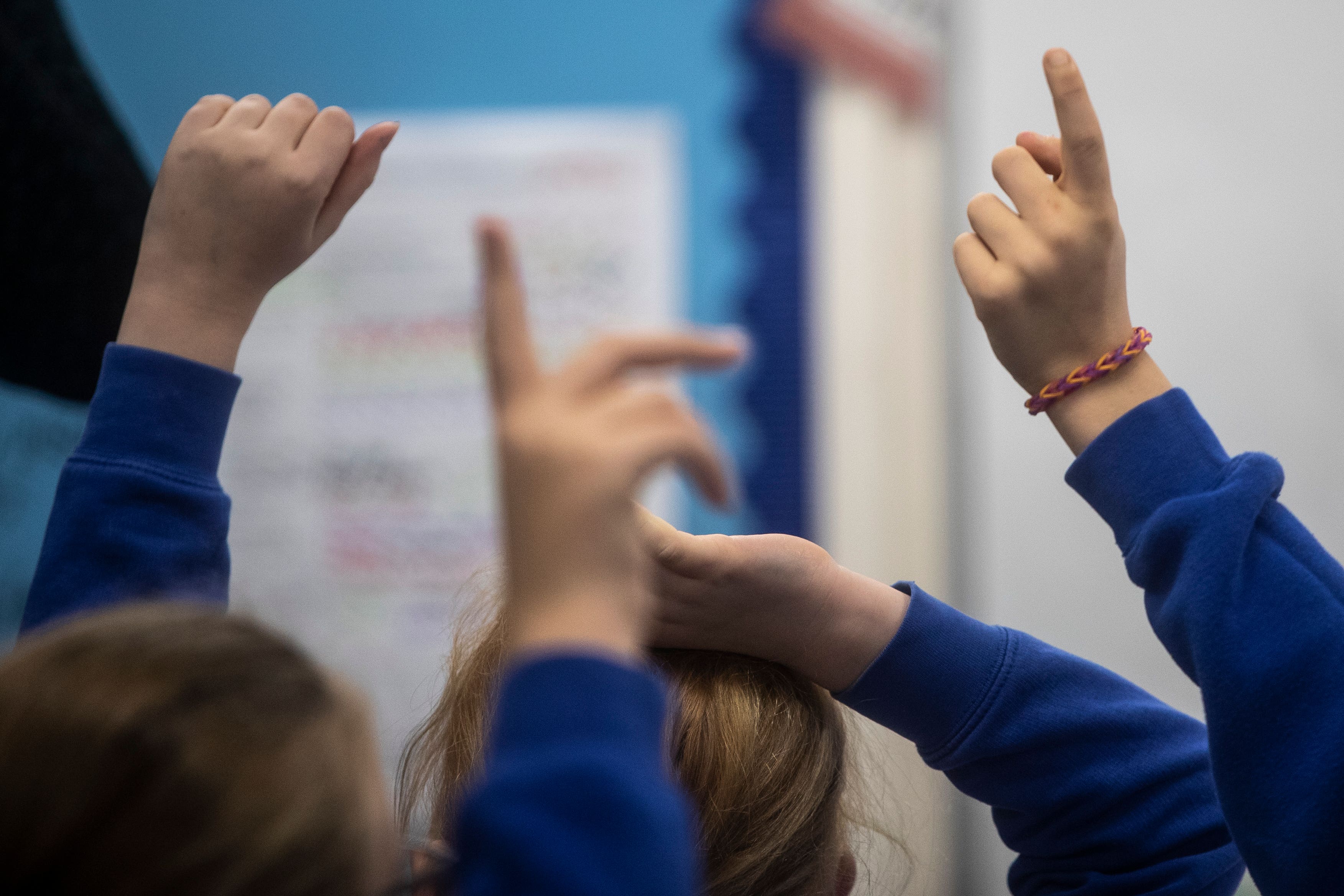Girls suffered more academically during Covid
A study found that girls’ reading attainment fell behind during the pandemic

Girls saw their education more negatively affected by the Covid-19 pandemic than their male counterparts, a new analysis has revealed.
A study by the Education Policy Institute (EPI) and education provider Renaissance analysed six million assessments taken by pupils from year three to nine in 2022/23
Alarmingly, the findings display discrepancies between how male and female students were affected, with the pandemic having had a bigger effect on girls than boys in reading and maths.
While girls are still performing better in reading, the research found that the gap in attainment in primary reading narrowed by one month, meaning girls are 3.1 months ahead of boys.
In secondary reading, the gap between girls and boys has narrowed by 1.2 months to 4.4 months.
Jon Andrews, EPI head of analysis and director for school performance and systems, said: “What’s particularly striking in this latest analysis is that girls’ attainment appears to have been hit harder by the pandemic than it has for boys, with gaps in reading closing and boys pulling further ahead in primary maths.”

In primary maths, results have fallen for both boys and girls, but girls have fallen further meaning the gap has widened by two months to 2.9 months in favour of boys.
The figures in secondary maths show results have fallen for both boys and girls, but the difference has narrowed by 3.6 months to just 0.3 months in favour of girls.
A Department for Education spokeswoman said school funding in 2024-25 will be £60.7 billion, making it the “highest ever level in real-terms per pupil”, with 90% of schools judged to be good or outstanding last year, up from 68% in 2010.
She said: “While girls continue to outperform boys across most headline measures, the latest data shows the gender gap between boys and girls has narrowed.
“We are taking a range of steps to improve attainment and outcomes for all pupils, with additional support for disadvantaged pupils through programmes, including the pupil premium which will rise to over £2.9 billion in 2024-25, and the National Tutoring Programme.”

The study also found “substantial gaps” between geographic regions, with Yorkshire and Humber being the lowest performing region, with pupils 4.3 months behind peers in London in primary reading.
Pupils in London saw their results increase the most, up by the equivalent of 1.4 months in primary reading.
The report also found the gap between special educational needs (SEN) and non-SEN pupils in primary reading had narrowed by one month to 19.4 months, and the gap between non-SEN pupils and SEN with Education Health and Care Plan (EHCP) pupils had narrowed by 0.2 months to 26.6 months.
In secondary reading, outcomes for non-SEN pupils and SEN with EHCP pupils were largely unchanged, but the gap between non-SEN pupils and SEN support pupils had narrowed by 5.0 months to 24.8 months.
“The pandemic undoubtedly disrupted children’s education – many missed months of in-person lessons and lost their routine,” Paul Whiteman, general secretary of the school leaders’ union the NAHT, said.
He added: “Teachers and leaders are continuing to pull out all the stops to support children to catch up, and whilst we are pleased to see that there has been a small closing of the gap for pupils with SEND, it is concerning to see the impact of the pandemic on girls’ attainment as well as those pupils with English as an additional language.”
The analysis showed improvements in all ethnic groups for primary reading, while black primary pupils had closed the gap with white pupils and are now slightly ahead.
Improvements were also seen in secondary reading in mixed, Asian, black and other backgrounds, although results had fallen for Chinese and white pupils.
Join our commenting forum
Join thought-provoking conversations, follow other Independent readers and see their replies
Comments
Bookmark popover
Removed from bookmarks